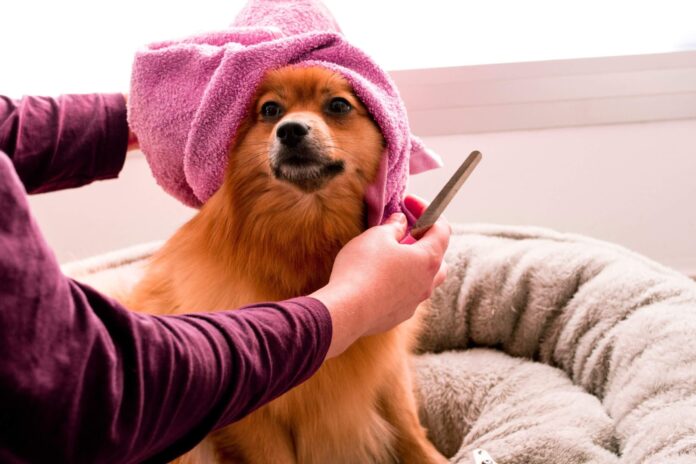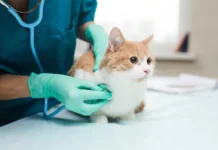Welcome to the world of canine pampering! This blog is going to explore the topic of finding the best grooming schedule for your pup. From shampoo and toothbrushing to haircuts and nail trims, you will learn everything there is to know about keeping your furry friend looking their absolute best! So sit back, relax, and get ready for a deep dive into dog-grooming bliss!
Types of Dog Grooming
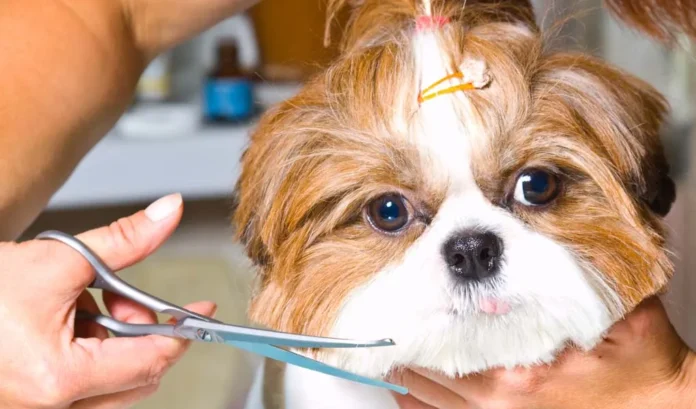
There are several different types of dog grooming that involve different frequency levels:
- Basic maintenance: This includes more common forms of grooming such as brushing fur regularly (at least twice a week for short-haired dogs), bathing the pet once a month with a dog-safe shampoo, and trimming nails either monthly or every other month depending on the pet’s activity level. For long-haired dogs, it may also include trimming out any knots in the fur or using other tools to help groom it.
- Show grooming: This type of specialized grooming is typically done every three weeks to two months depending on the breed needs, length of fur, and desired look. Show groomers will typically bathe dogs more often compared to basic maintenance grooms in order to get an optimal finish for show purposes. They may also use specialized tools such as thinning shears in order to achieve the desired look.
- Medical-related grooming: This type of groom typically occurs when there are medical issues present such as skin conditions that require additional care including frequent topical treatments and occasionally de-matting areas if necessary. This type of groom is done if needed but may not be regularly scheduled if there are no active medical issues present.
Appropriate Bathing
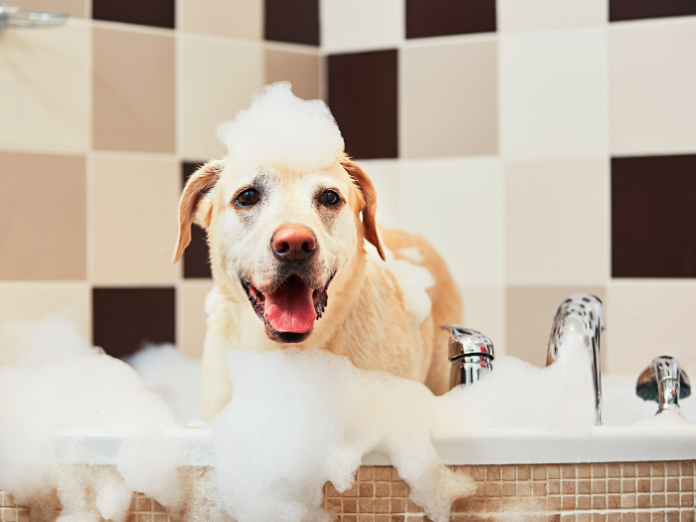
One of the most common mistakes dog owners make is bathing too often. Dog skin is much more sensitive than ours and can be damaged if it is exposed to frequent baths and harsh shampoos. Dogs that are bathed with the wrong products may develop dry, irritated, or itchy skin and other associated health problems.
Ideally, a dog should only be bathed when necessary; this could range from once every four weeks to several times a year depending on the breed, lifestyle, and sensitivity of the individual dog’s skin and coat. Always speak with your vet or groomer to determine an appropriate schedule for bathing your pup.
Choosing the Right Products
To begin, it’s important to look for quality products that are appropriate for the breed and coat of your dog. You’ll also need products such as waterless shampoos that are formulated specifically for canine use; the wrong shampoo can strip away natural oils from a dog’s fur or skin while inappropriate conditioners can make coats heavy and limp. Additionally, consider using detanglers or conditioners to help prevent matting in longer-haired breeds.
The right set of grooming supplies is also crucial when it comes time to trim nails, clean ears, or brush teeth – all items that should be included in a proper schedule for better health and hygiene for your companion animal. Well-made clippers, combs, and brushes can go a long way when it comes time for grooming day; through their use, you can maximize natural coat luster while minimizing shedding from regular shedding deposits on furniture.
If uncertain about which types of pet care products are best suited for your pup’s needs, speak with an experienced groomer like Dog Grooming Madison about the options available so you can develop the right mix of brushes, shampoos, and other necessities that work well with both your canine companion as well as with budget restraints at home.
Establishing a Schedule
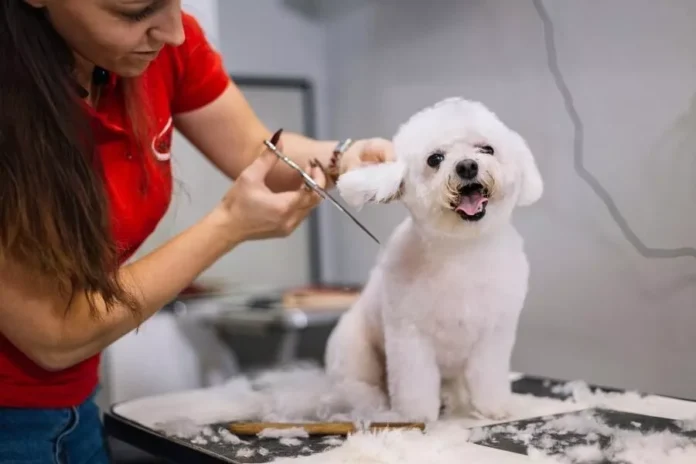
In order to ensure your pet’s optimal well-being, it is important that you establish a regular grooming schedule. Committing to proper care of your pet’s coat and nails can help protect against skin diseases and discomfort due to overgrown claws. Grooming can also alert you to other health concerns, such as parasites, fleas, or aggressive skin conditions. Additionally, it can help reduce shedding in your home and maintain a cleaner environment for all of your family members.
Depending on the breed of dog that you own and the type of coat they have, it is important to know when and how often they need grooming. A few factors come into play when figuring out the frequency required for each individual pet. These factors include:
– Type of coat (long-haired, short-haired, wire-haired)
– Whether the dog needs to be clipped or brushed
– Density of fur
– Presence or absence of knots
For most breeds, brushing weekly with a quality tool designed for their particular hair length is usually recommended. Depending upon breed and other factors mentioned above clipping may be necessary every 4 to 8 weeks. In addition, weekly nail trimming should be part of any dog’s grooming routine as overly long nails can cause discomfort for the animal, especially when walking on hard surfaces or even in soft soil/grass outdoors.
Ear Cleaning
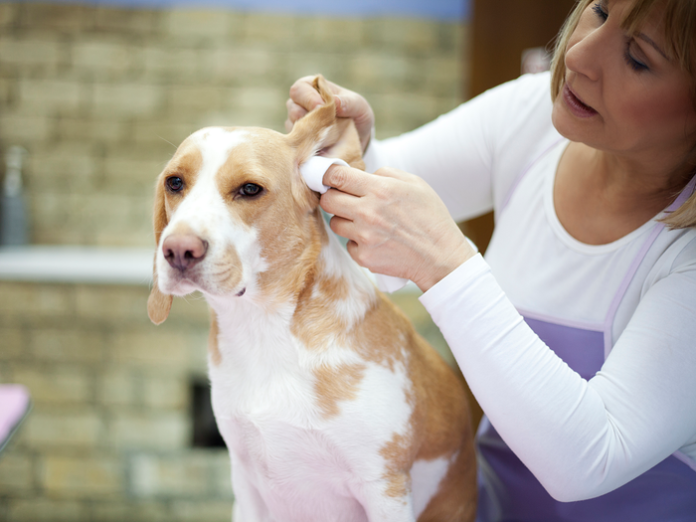
It’s essential to keep your dog’s ears clean to prevent bacterial and yeast infections. However, care must be taken when cleaning the ears with products intended for use in dogs. Be aware of the following:
-Never use a Q-tip, lined swabs, or similar items on your dog’s ears. These can cause injury to delicate tissue inside the ear canal that should only be touched by qualified veterinarians.
-Use only approved cleaning solutions made from mild soap and water or those specifically marketed for use in dogs. Never pour the solutions directly into the ear canal; place them on a soft cloth or a cotton ball instead and wipe around and inside the ear flap.
-Be careful not to go too deep into your dog’s ear canals when wiping away debris with a cloth or cotton ball; this could lead to excessive irritation or damage to the delicate tissue lining of their ear canals.
Conclusion
Grooming your dog is essential for keeping them healthy and happy. However, it’s not always easy to avoid making mistakes that can cost you time, money and can even cause harm to your pup. Following the advice in this article will help ensure that you provide your furry friend with the best grooming experience possible.
By remembering to brush regularly, give regular baths, and visit a professional groomer once in a while, you can help keep your pup feeling great for years to come. Don’t forget about the small things like cleaning dog brushes and regularly checking for cuts or mats — these small steps can go a long way towards preventing bigger problems from occurring in the future. With diligence and care, you’ll be able to keep your furry friend looking and feeling great all year long!
